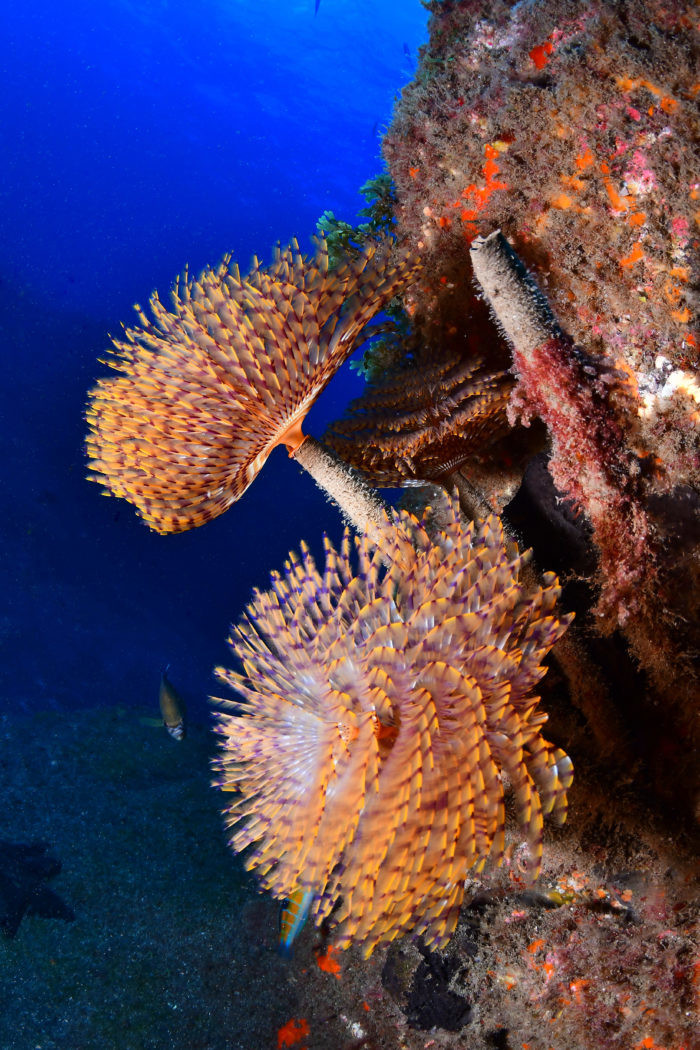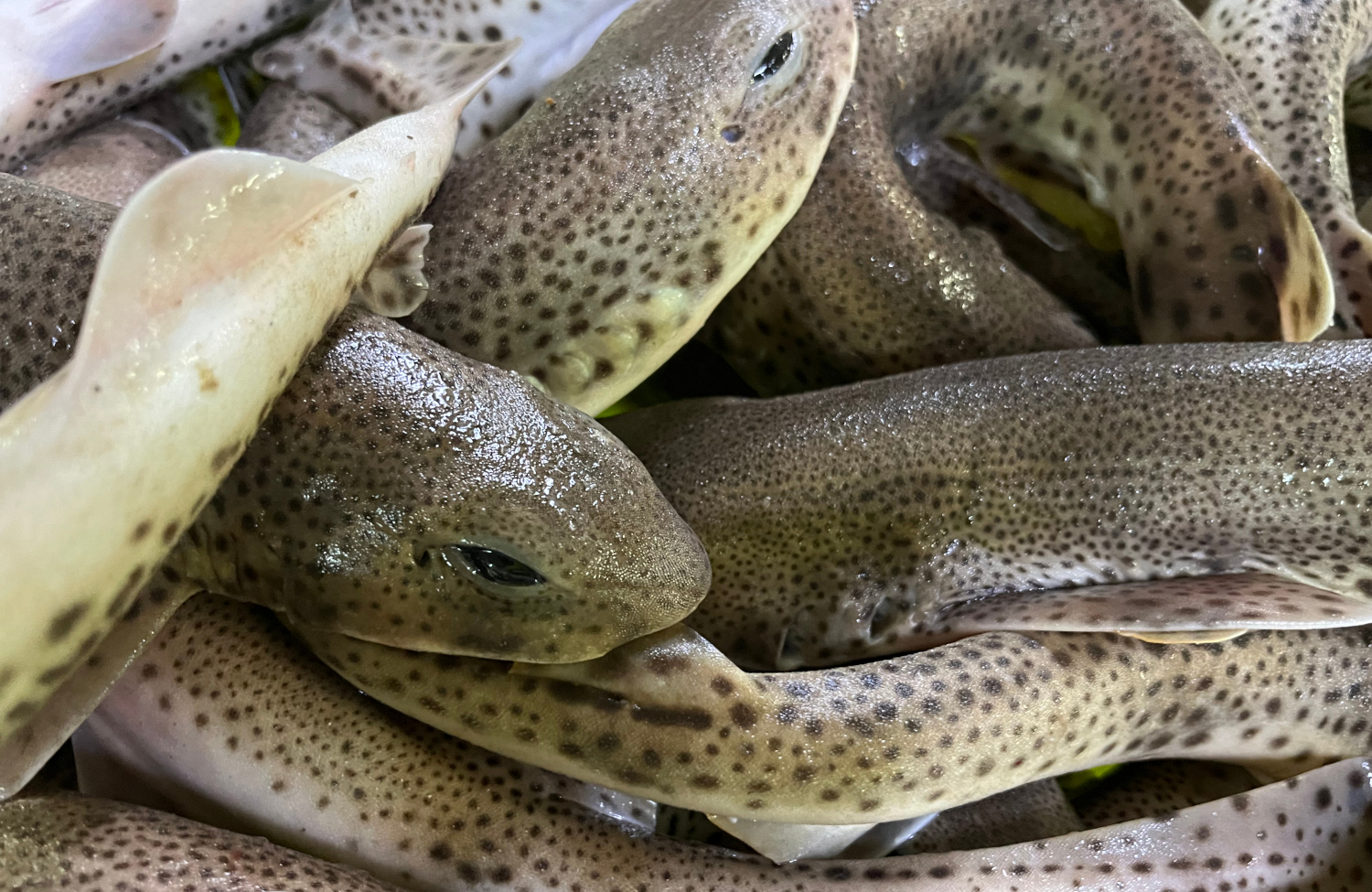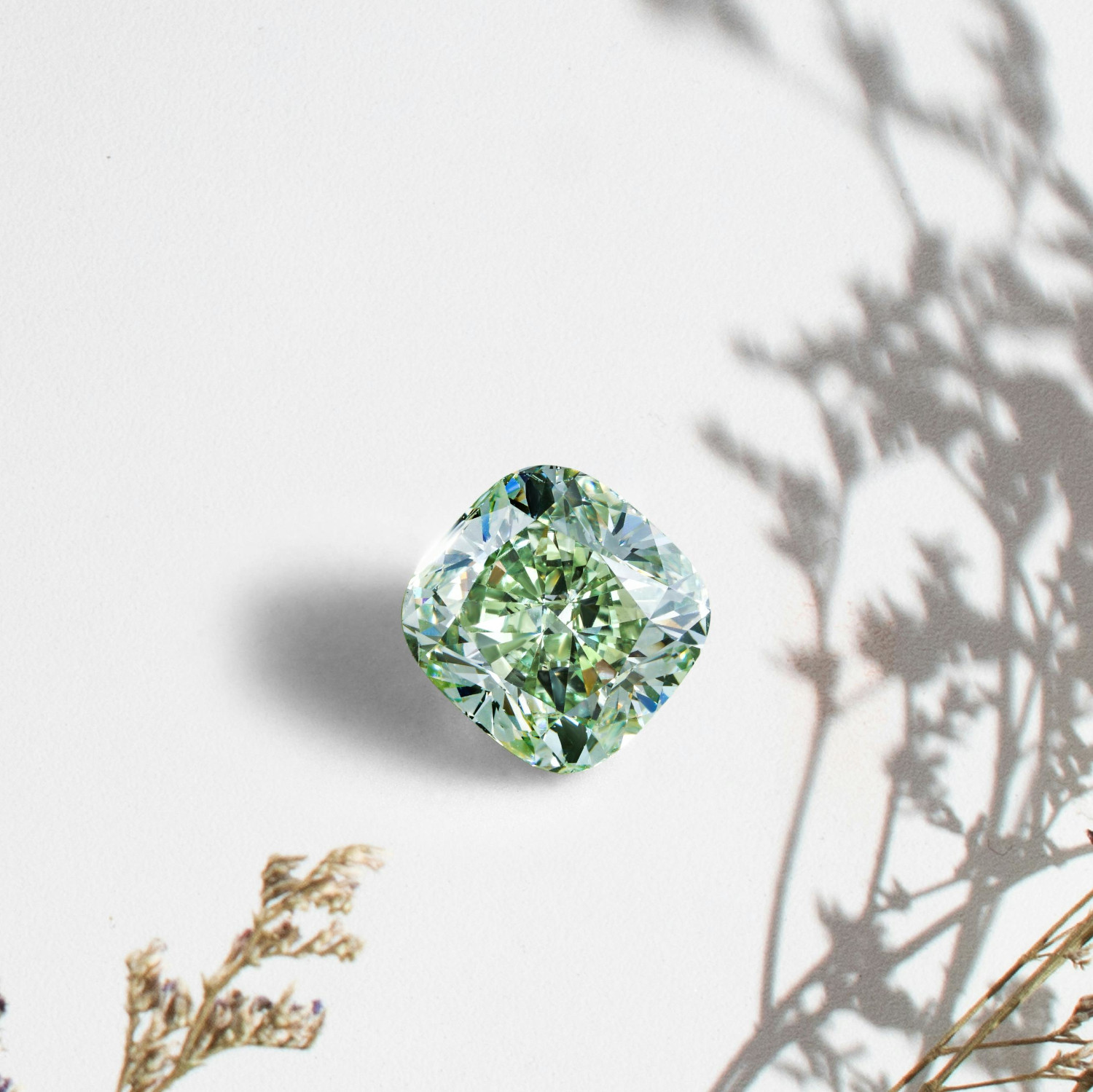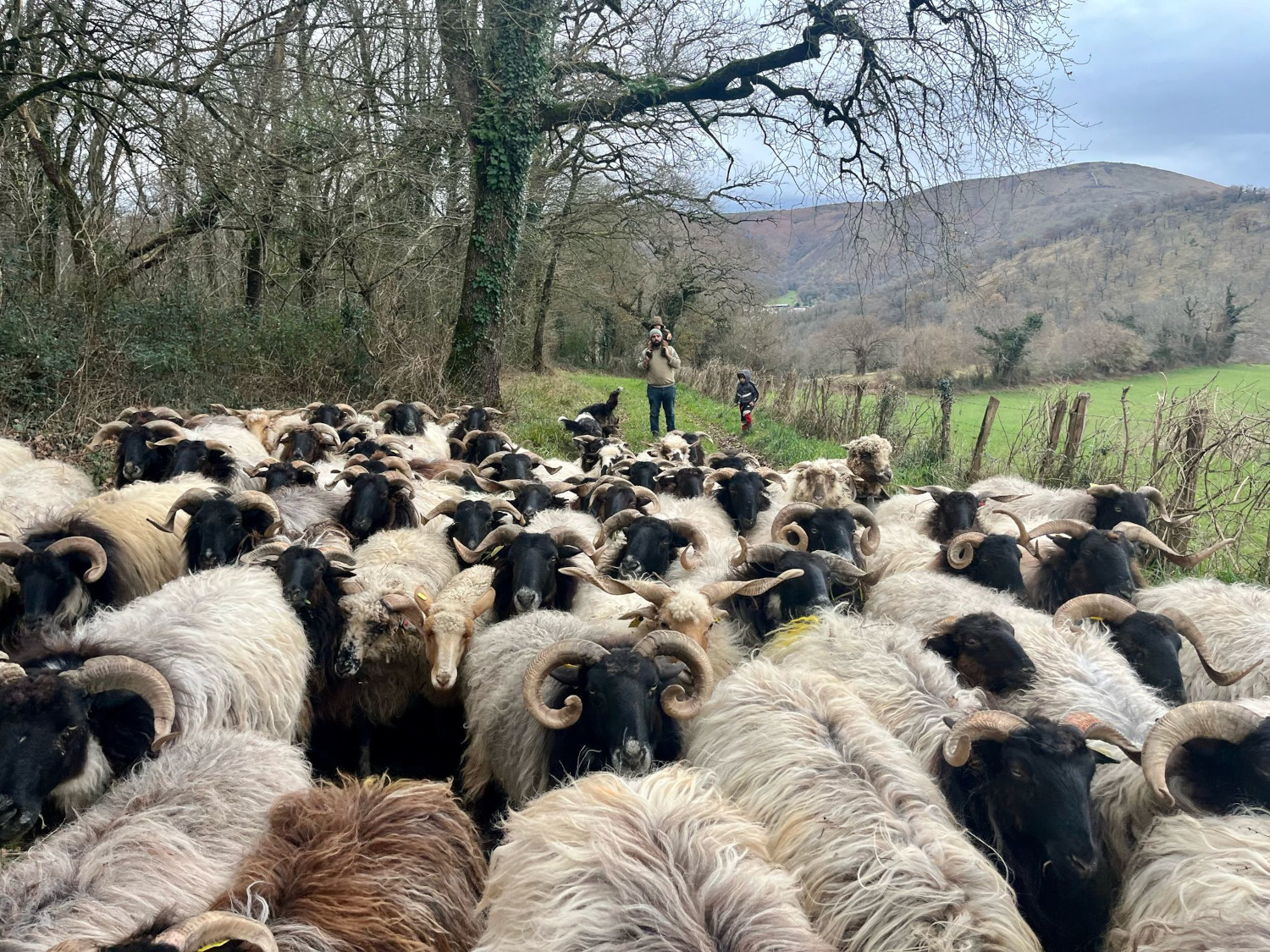Black...
- If in plants black is scarce, what to say in the flowers! In gardening, the “fight” has always been used to obtain a variety with a black flower in any relatively soft species.

Black color is very rare in plants. It is also called black pine (Pinus radiata) to insignis pine or light pine, which has painted our mountains in the last century. He who painted them black. The color of the landscape that black creates, and the landscape that black leaves in the places where it's gone, the landscape of grief.
We also have a black poplar (Populus nigra), called black by the darkness of his leaf and by the shape and growth of his plant. There is also black walnut (Juglans nigra). The name does not come from the black history of Intxaurrondo's barracks in Altza, no. It's called that by the color of its wood. In the common walnut species (Juglans regia) there are some specimens that call it “black walnut”. Some normal nogales also have black interior wood, which today and at a very high price.
In fact, black flowers are a very dark mixture of blue, violet, red, or yellow. You can say there are no blacks.
If in plants black is scarce, what to say in the flowers! In gardening, the “fight” has always been used to obtain a variety with a black flower in any relatively soft species. It gives extraordinary value to the acquisition of what does not exist, to the curiosity generated by the hybridization of hybridization, to the name you want to give to its creation, to the communication of the acquisition after a strict patent and to the benefit of the subsequent gain.
In fact, black flowers are a very dark mixture of blue, violet, red, or yellow. You can say it's not black. But the business is there, and the ones that are called black are completely sold.
Ox hearts (Tulipa sp.) There's a big fight. For example, the varieties “Queen of the night”, “Black Parrot”, “Nearly”, “Ebony Queen” and “Black Hero”. The name is also a nice salsa, which makes it blacker than anyone else. In the hearts of oxen, only one tells the truth: “Nearly,” a black ox heart, that is, almost black.
There is also the possibility that these are common lirio or shrub (Iris x germanica): “Hello darkness”, “Raven girl”, “Midnight oil”, “Black is black”, “Bad intentions”...
Also in rosales (Rosa sp.) There are no blacks, but they will be offered. Also calca (Zantedeschia aethiopica), cosmos (Cosmos sp. ), violet (Viola sp. ), petunia (Petunia x hybrida), red malva (Alcea rosea), etc.
We also have our black in Basque: black-belarra (Scrophularia nodosa). Looks like an almost black flourishing ... Is that why it's called?
Just in case, in the early spring of this year I started wearing the garden of patio flowers in black. I brought two curious plants: the Sambucus nigra var (Sambucus nigra var), a very black leaf. phorphyrophylla “Eva”) and had long been unable to find black dahlia (Dahlia “Verrones obsidian” or “Honka Black”). By the time the latter opened the first flower, I have shown it in the networks of the Vegetable Garden of Life, and in the vegetarians I have noticed the joy of the upiña. The longest days of the year, the clearest, in black.
Pond of Venice, year 452. Prompted by the Huns' invasion, several inhabitants of the interior of the Italian peninsula took temporary refuge in the swampy area. But the Lombard invasions came in a few years, and it would become a permanent home for those immigrants. It was a... [+]





















